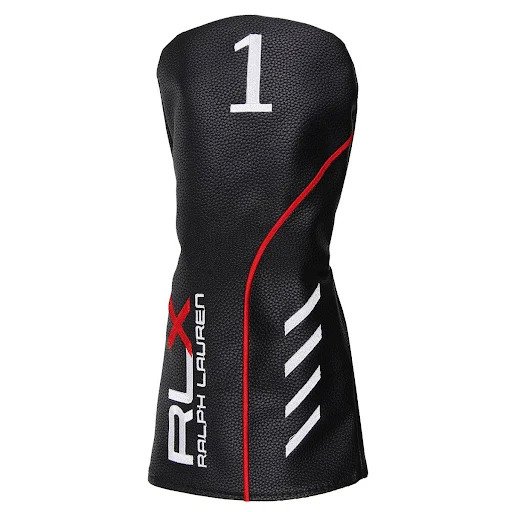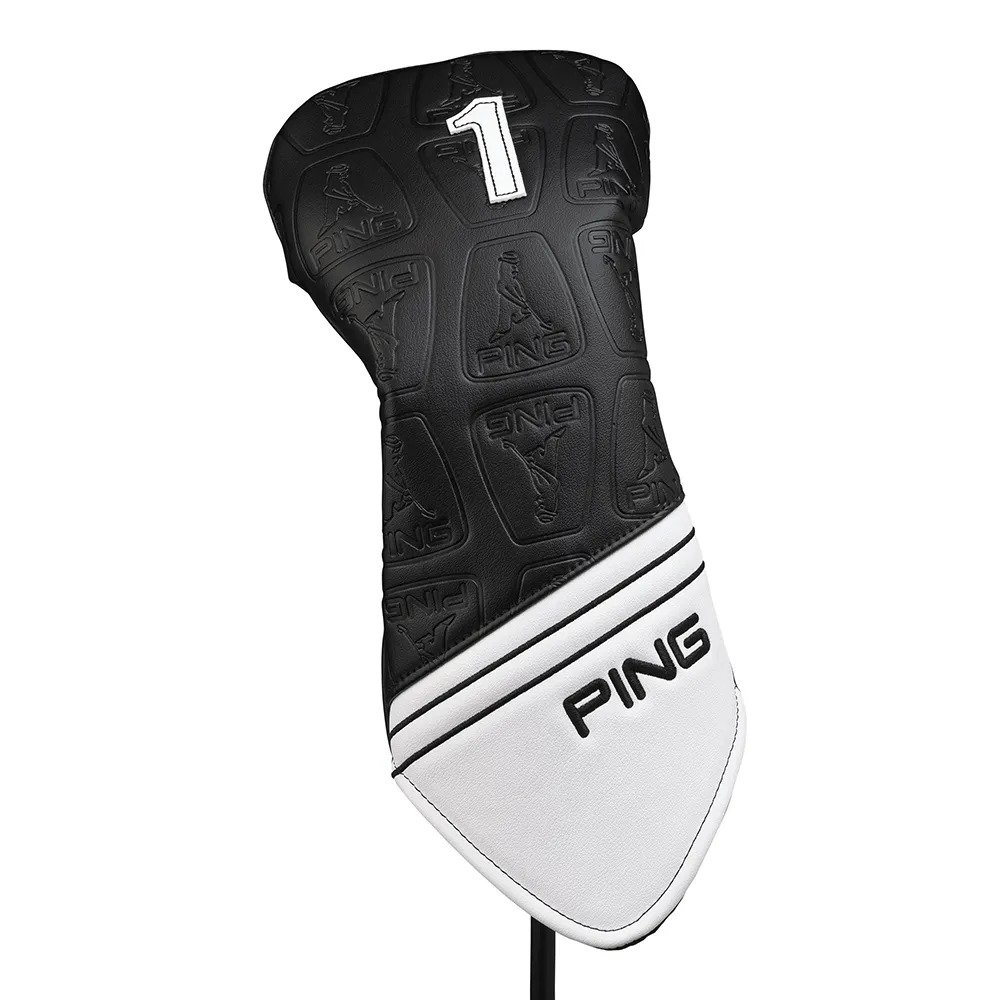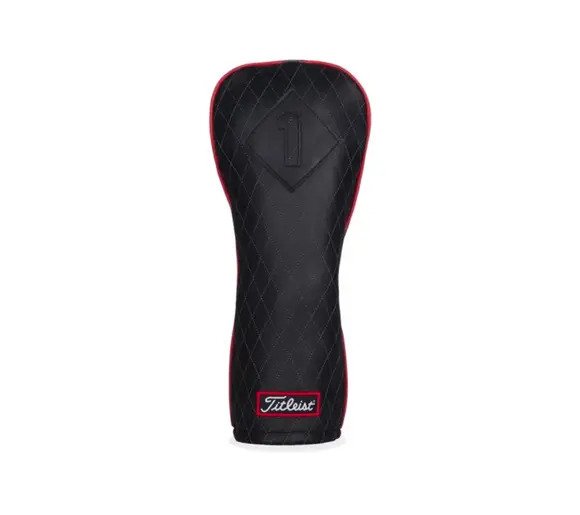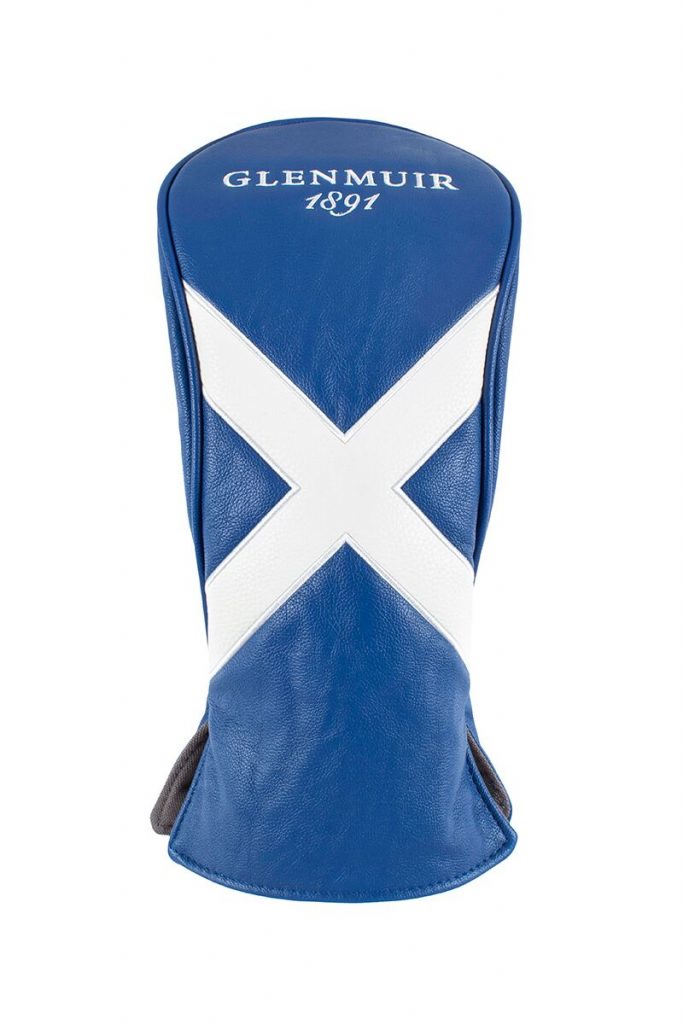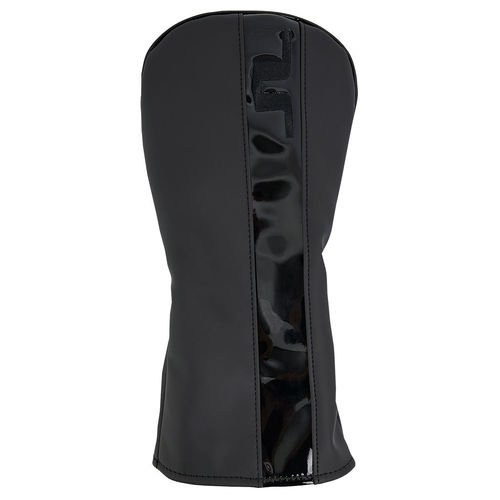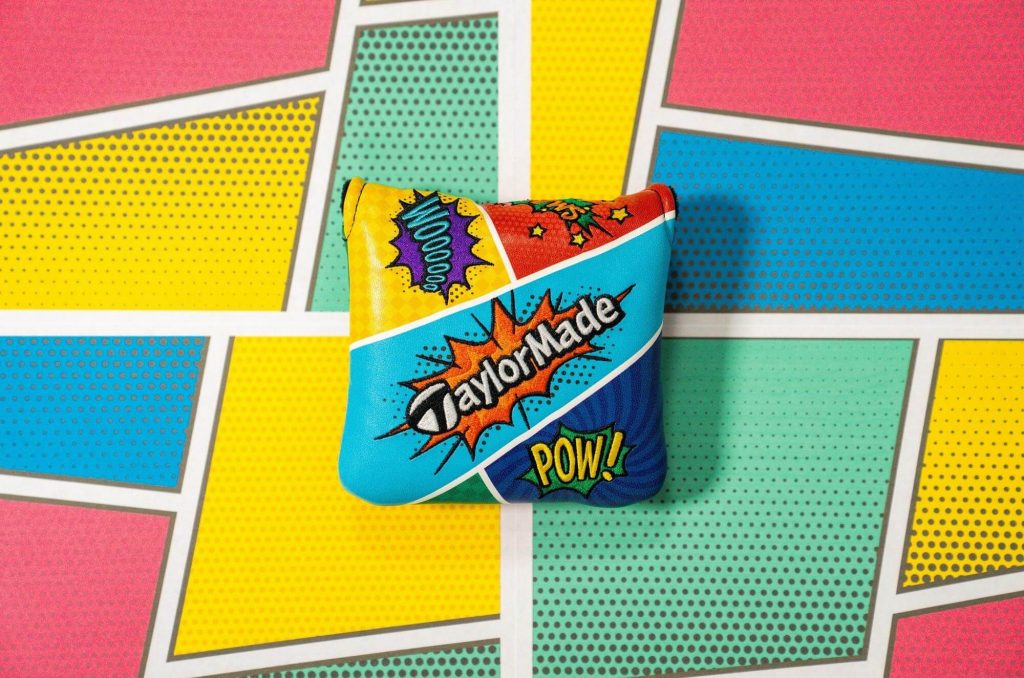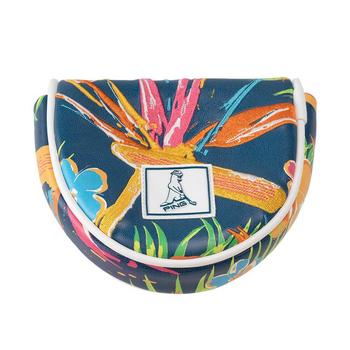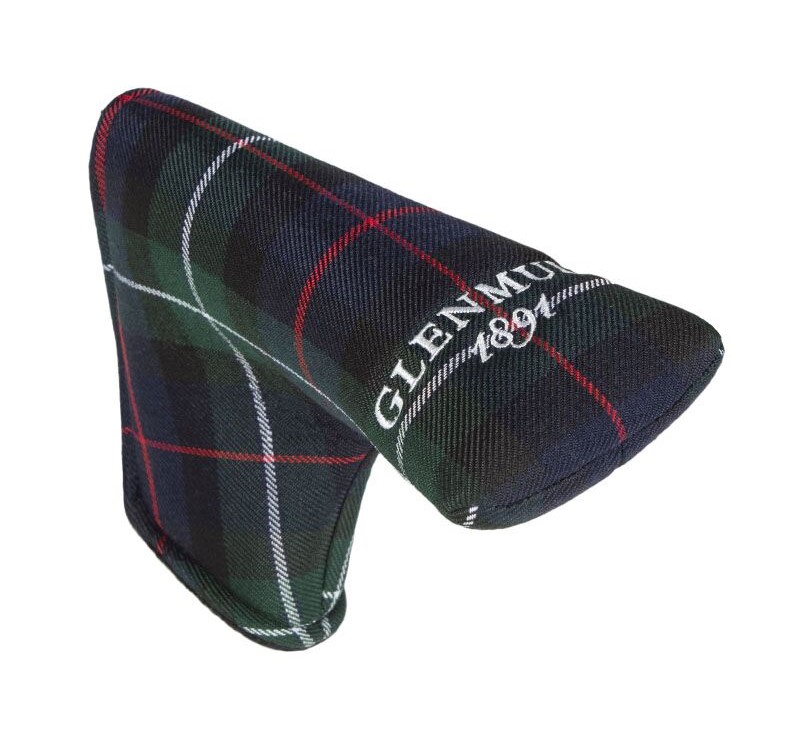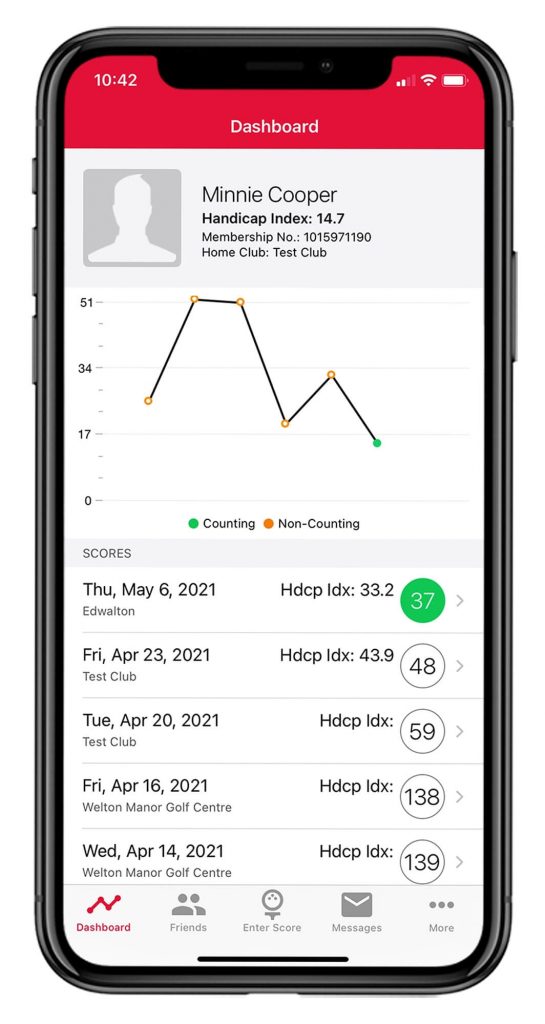Few sports offer more jargon and slang than golf. From ‘the unmentionables’ and ‘chilli dip’ to simpler terms such as Stableford, tee, birdie and bogey, the vocabulary of golf is a lengthy list.
Here’s another: shotgun start. What is a shotgun start in golf—and do you need to shout ‘fore!’ even louder than usual when it happens?
There’s no need to worry about the latter issue—well, not initially, anyway.
What is a shotgun start?

The term shotgun start relates to 18 groups of golfers beginning their rounds at the same time.
It’s a good name for it, actually, as if the groups have been fired out of a shotgun like pellets, landing in at all parts of the course.
It’s a clever way of making competitions run efficiently. Let’s say every group started on the 1st tee, and with 10-minute intervals between times, it would mean three hours between the first and last times, which would obviously mean the first group would finish three hours before the last one.
That’s hardly conducive to a good atmosphere at the prize-giving dinner when the early groups will eat their roast beef and then promptly leave because they know their 46 Stableford better ball points aren’t going to get the job done.
With a shotgun start, however, everyone finishes at the same time. Of course, that means the most horrific fight for a towel, shower cubicle, or 12 inches of bench space in the locker room—but that’s a small price to pay.
Shotgun starts are especially popular on charity golf days when there might actually be more than 18 groups to somehow get on the course.
More than 18 brings added complications to what is already a complicated start to proceedings. How so, you may ask…
Shotgun start—the charity fourball

Picture the scene. Your company has bought a fourball on a charity day, and you’ve been selected as one of the quartet.
It’s being held at a local course, but you haven’t played there before. Naturally, it’s nice to play a new course, but your lack of knowledge isn’t just restricted to the blind tee shot on the 5th—you also have no idea where the 13th hole is, which is a bit of a problem because that’s where you are starting from.
But wait, help is at hand. Jeremy, who heads up the sales team, played here* “about 10 or 11 years ago” and can remember the routing of the course, so “we’re sorted”.
Turns out there’s a shortcut down the side of the 1st and then a sharp 90˚ right turn through some woodland. It seems a bit unlikely as that land sits between the 1st and the 9th that returns golfers to the clubhouse after the front nine.
But Jeremy is convinced, and it “saves at least 10 minutes’ walking” compared to simply trekking down the 10th, 11th and 12th (which was Alan from Accounts’ play-it-safe suggestion).
You’ve guessed it. Team Aphrodite Alarm Systems yomp for a good 30 minutes before making it to the 13th tee. Still, at least they’ve seen what the line to take is on that blind drive on the 5th and also had a good look at the back left pin on the 7th.
The hooter hasn’t gone to signify the start yet, so they can chill out and cool down for a minute or two before thinking about the first shot.
Oh no, wait, the 13th is a par 3, and the organisers have reckoned the short holes are the ones to get the five extra groups out on the course.
So, sweaty and flustered, Team Aphrodite has to mutter something about “it being a maze out here” to Team FastFirst Haulage & Logistics—who are all disdainfully leaning on their 6-irons at the back of the tee—while rummaging for balls and tees.
The FastFirst lads, nominated as Team 13B, so the second to tee off, are obviously all fixated on watching Aphrodite tee off, too, and inevitably, none of the four balls find the green. Jeremy’s nine handicap looks iffy, too, and there are fears that the round 10 or 11 years ago may have been his last.
Alan scrambles a point with a brave putt, but it’s a slow start for Aphrodite, and they don’t trouble the prize-giving. Still, it’s a fun evening afterwards, made possible only because of the shotgun start.
*It later transpires he had played at Gracewood Park. This is Gracewood Hall.



